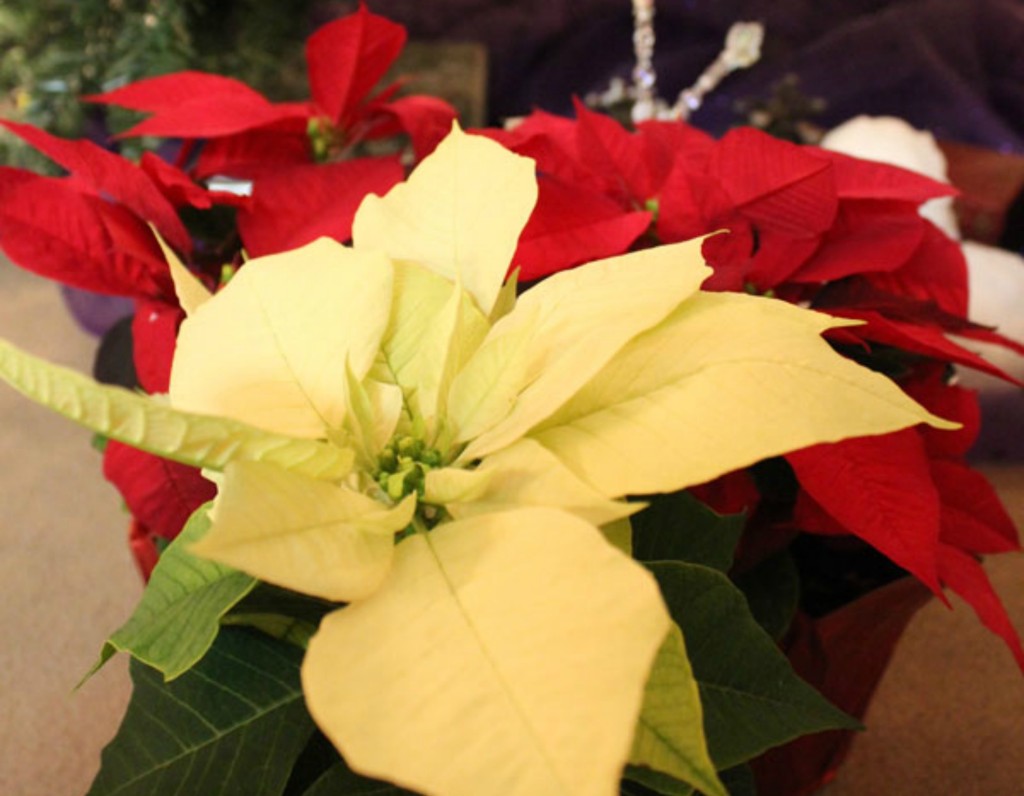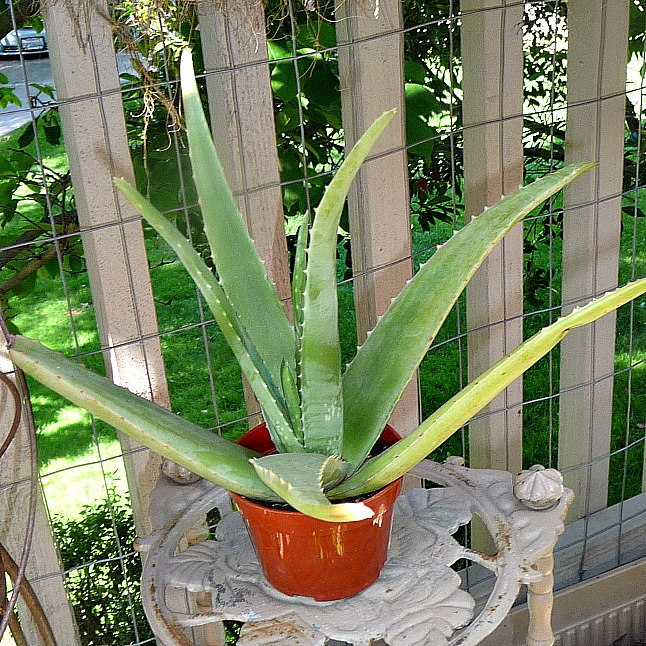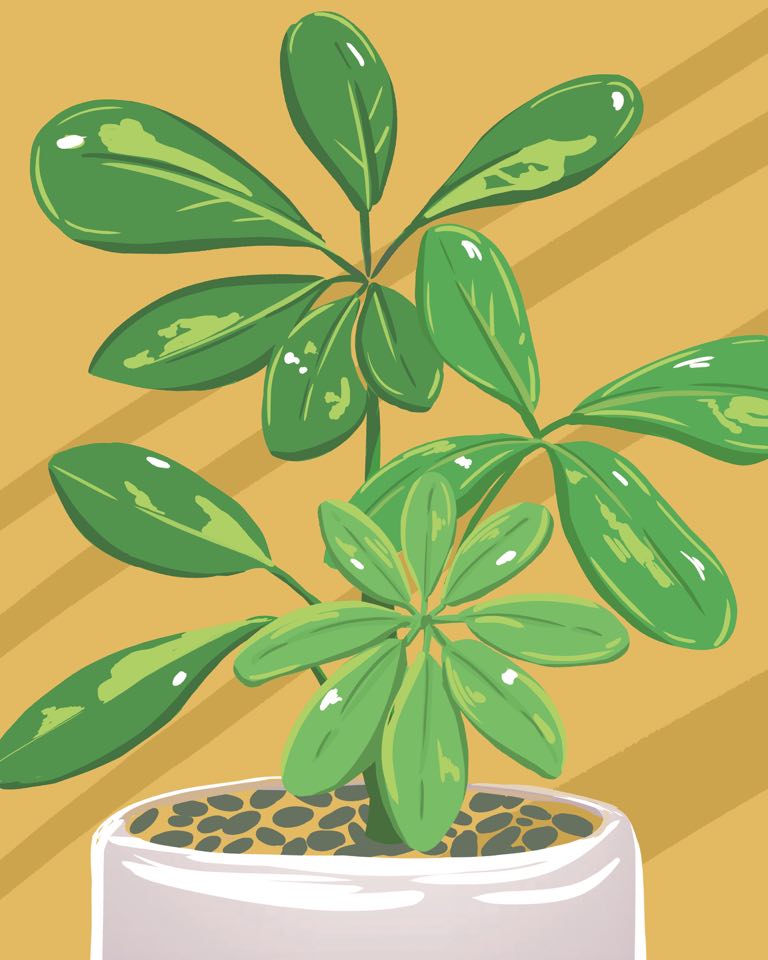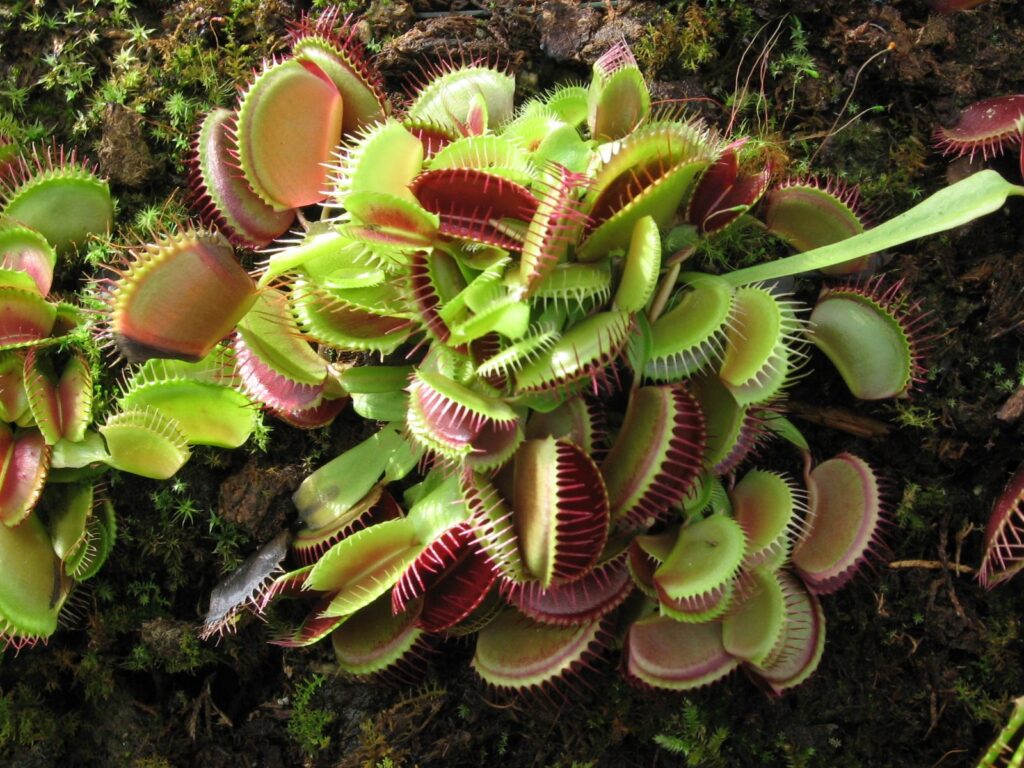TerrariumsSmall worlds under glass
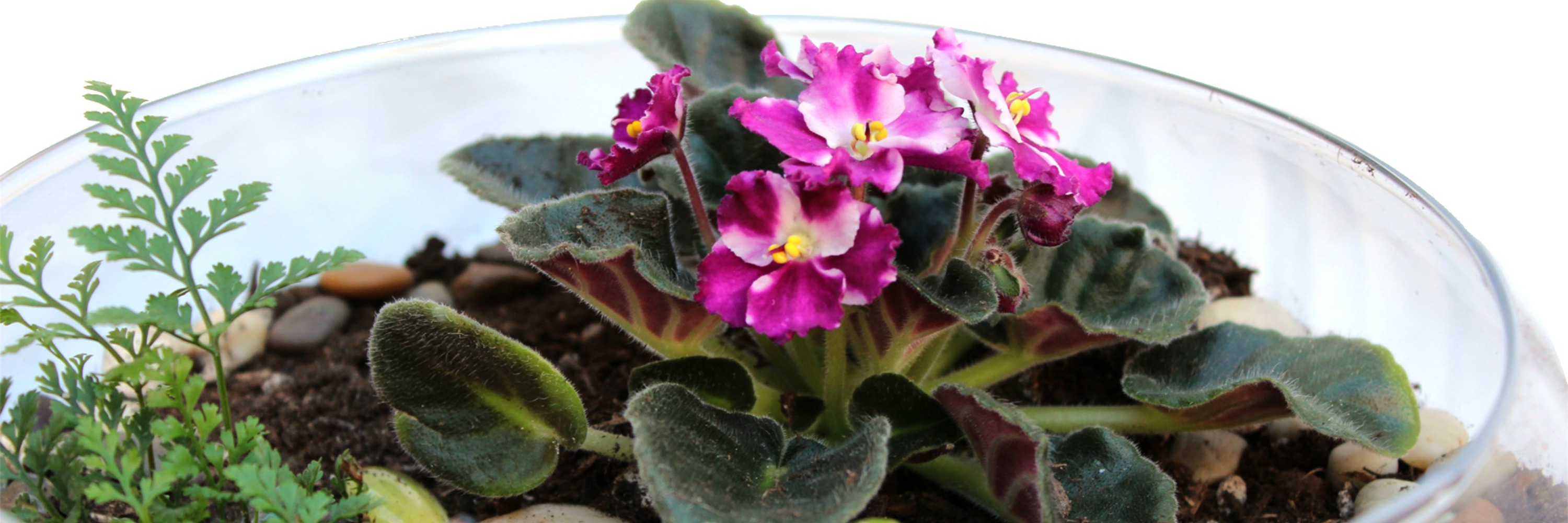
A terrarium is a world in or under glass. Did you know that humans can benefit from being near plants? According to Texas A&M University*, having plants indoors helps increase memory and task accuracy. They also found that plants provide a calming influence that reduces stress and tension levels. A terrarium is a nice way to bring plants into your home or office.
What is a Terrarium?
There are two kinds of terrariums, open or closed. Most people are familiar with closed terrariums, which are sealed. This type of terrarium becomes a small ecosystem that needs very little human interference. Inside a closed terrarium, air, water and nutrients are constantly recycled and reused. Sometimes closed terrariums aren’t completely sealed and may function more like an open terrarium. Plants in open terrariums are treated like a traditional houseplants, and need a little bit more care.
Drainage
Terrariums are created in containers that do not have drain holes. Since plant roots need air as well as moisture, there has to be a careful balance of the two in the growing medium. Keeping the mixture too wet eliminates air and weakens roots, often leading to root rot and eventual plant death.
Light
The amount of light needed for your terrarium depends upon the plants you choose to use. Terrariums should be placed indoors (or outdoors) in indirect light. Never place a terrarium in direct sun or in a south facing window. Direct sunlight can cause a greenhouse effect and will burn your plants. Symptoms of sunburned plants include yellowing and/or browning of leaves and plant death, depending on length of exposure.
Some, but not all houseplants can live with only artificial light. As a rule, houseplants need bright, indirect light to bloom. Houseplants with non-showy blooms can tolerate low light.
Plants
Finding terrarium plants for open containers is fairly easy, but finding them for closed containers is more difficult. This is because most nurseries and garden centers don’t carry plants small enough to fit inside a closed terrarium. The ideal sized terrarium plant is sold in a 2” pot.
You may want to take your container to the nursery with you to test if the plants will fit. Keep in mind that before you plant, you can reduce the size of the plant root ball by half, which may help the plant fit inside the container.
The best varieties of plants for terrariums are peperomia, pilea, polka dot plants, fittonia (nerve plant) small ferns, arrowhead plants, goldfish plants, kalanchoe, miniature African violets, and wire vine (Muehlenbeckia). Most of these plants stay small naturally, but some will need light pruning to maintain their shape. Look for plants that provide a variety of different looks such as tall plants, trailing plants and small shrub-like plants.
Container
A terrarium can be made in a glass or plastic container found at your house, a thrift store, a garage sale or a craft store. For your first terrarium, try using an open container like a glass fish bowl or plastic cookie or pretzel container. You could even use a short glass vase with for a tall plant. For a closed terrarium, try using a pickle jar, aquarium, or purchase a container at a craft store.
Terrarium Mix
The soil-like media in the container is actually a mixture of pea gravel, activated charcoal and potting mix. It’s important to use the correct ingredients to create your terrarium. In the end, your terrarium mix should take up about 1/3 of the container, leaving the rest of the space for plants.
Gravel: use tiny gravel no larger than ¼”. This layer provides drainage and keeps the terrarium fresh. Using gravel larger than ¼” creates large air spaces on the bottom of the container where water can sit and keep the container mix too wet. (Anne – I don’t understand how the larger air spaces from gravel larger than ¼” keep the growing media wetter than the smaller gravel.) It is also impossible to get this water out of the container.
Activated charcoal: not the same kind of charcoal used in a barbecue, but it is the same as the type used in aquariums. Activated charcoal is a natural filter and bactericide.
Sheet moss: not a necessary ingredient, but some gardeners use it or they use a small piece of landscape fabric to keep the soil and gravel separate, but that’s up to you.
Potting mix: -never use soil from your garden as it could contain pathogens that may kill your plants. It also makes containers heavier.
For details on how to make a terrarium, read my blog post How to Make a Terrarium.
*Texas A&M University

